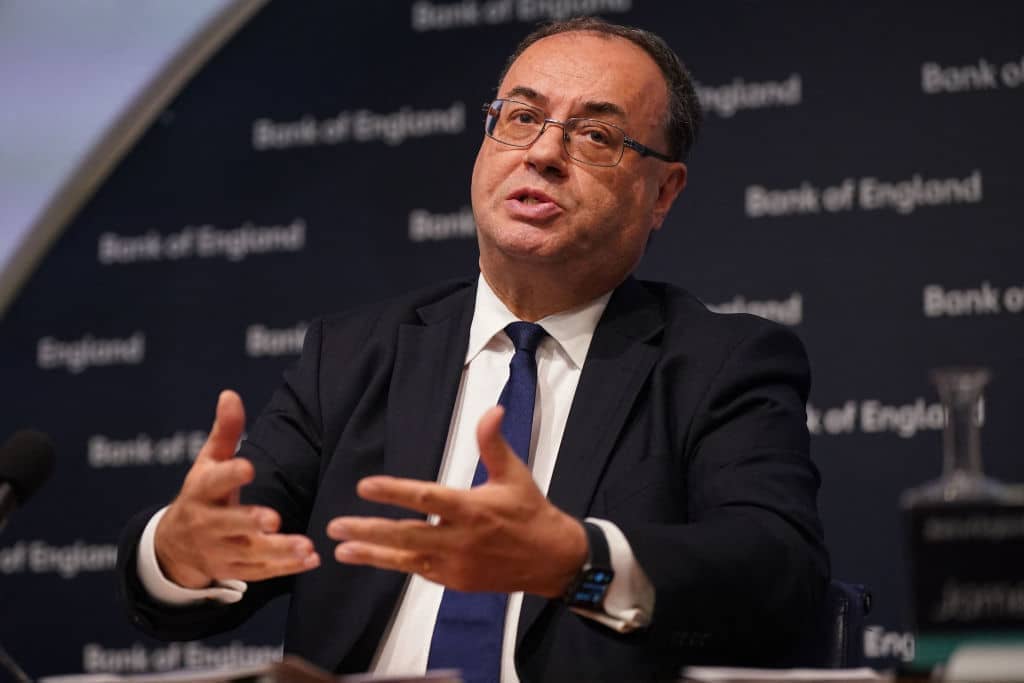That today’s inflation figures would come as an immense shock to anyone who has returned from a year in the wilderness goes without saying. A little over a year ago, in May 2021, the Bank of England was predicting that the Consumer Prices Index (CPI) would peak at no higher than its two percent target. CPI is now in double figures for the first time in 40 years, at 10.1 per cent – exceeding even the already-grim expectations of many economists. The Bank of England may yet again have to revise its forecast for the inflationary peak – which just two weeks ago it put at 13 per cent. The Bank’s Monetary Policy Committee has been asleep on the job and it is a wonder that its governor, Andrew Bailey, is still in his job.
Are we now failing to see signs that inflation might soon come to a crashing halt?
Yet just as so many people failed to foresee the spike in inflation, are we now failing to see signs that inflation might soon come to a crashing halt? We have heard endless talk in recent months about an ‘inflationary spiral’, where prices drive up wages which in turn drive up prices etc. But yesterday’s earnings figures clearly show that this is not happening – at least not yet.
In real terms, wages in the year to the second quarter fell at 3 per cent, and total pay (including bonuses) by 2.5 per cent. That is no inflationary spiral; it is a country that is allowing inflation to cause a significant diminution in living standards. That might change if the government gives in to public sector unions demanding above-inflation rises, but this seems unlikely at the moment – especially given that the rail unions, who for many years have set the pace when it comes to wage demands, are being rebuffed. In the post-covid world where many London commuters are still working from home, the country seems to be coping remarkably well without trains.
While we fixate on gas prices, which are still being forced up by the decline in supply of Russian gas to Europe, how many people have noticed that global oil prices are crashing – down from $120 a barrel in June to $87 today? What we have had is a classic spike in oil price as demand temporarily outstrips supply. Now that demand has plummeted, in China especially as the economy remains frozen by frequent lockdowns, so oil prices are collapsing. Iron ore prices, too, have fallen back sharply from $160 per tonne in the spring to under $110 now.
This morning, the Office of National Statistics (ONS) also published its much less-noticed index of producer input prices – following the prices businesses have to pay for their raw materials and other supplies. It is still shockingly high – at 22.6 per cent in the year to July – yet this was down from 24.1 per cent in June.
The dark cloud now is food prices – the single biggest contributor to this month’s rise in the CPI. Not only has Ukraine – a major food producer — had difficulties exporting its produce, but we also have to contend with the effects of drought in western Europe. But for the most part, inflationary forces are beginning to ease. That doesn’t bode well for the global economy, as it is being driven by contracting demand. But with producer prices falling and no sign, so far, of an inflationary spiral we may soon be surprised by a falling CPI.







Comments